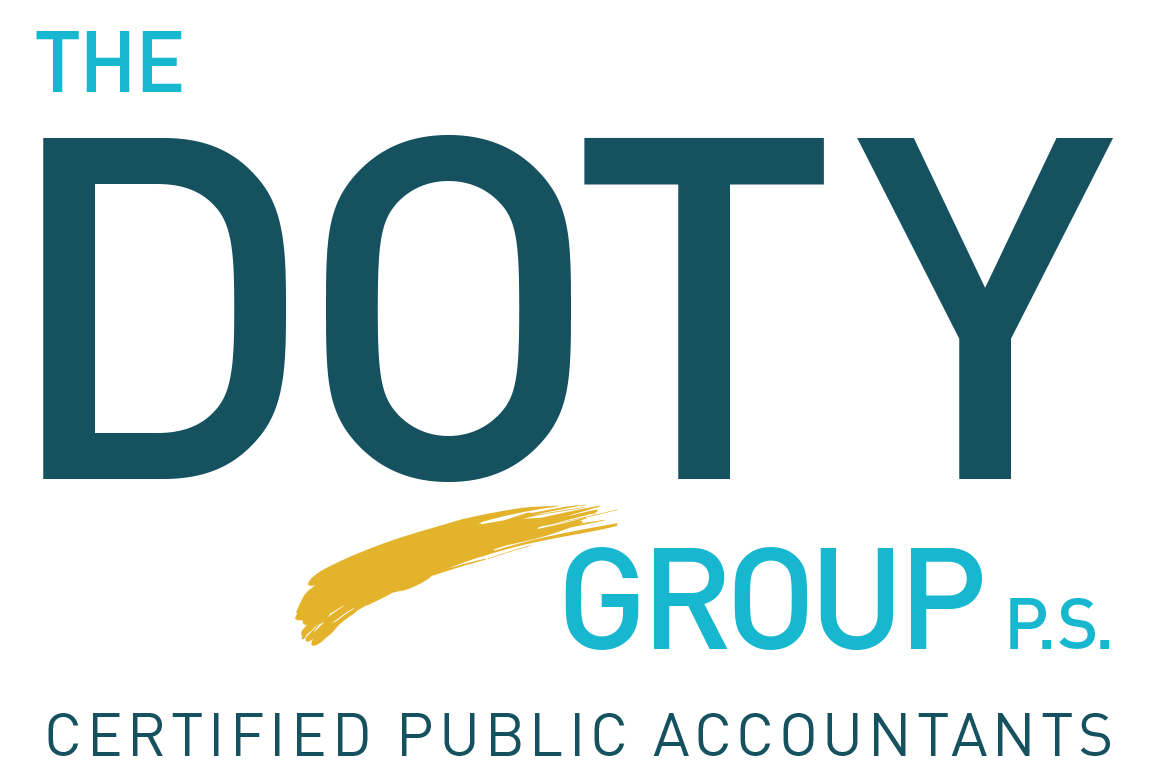Don't forget your Q4 Estimated Tax Payment for 2020!
Taxpayers who paid too little tax during 2020 can still avoid a tax-time bill and possible penalties by making a quarterly estimated tax payment now, directly to the Internal Revenue Service.
The deadline for making a payment for the fourth quarter of 2020 is Friday, Jan. 15, 2021.
Income taxes are pay-as-you-go. This means that by law, taxpayers are required to pay most of their taxes during the year as income is received. There are two ways to do this:
Withholding from paychecks, pension payments, Social Security benefits or certain other government payments including unemployment compensation in some cases. This is how most people pay most of their tax.
Making quarterly estimated tax payments throughout the year to the IRS. Self-employed people and investors, among others, often pay tax this way.
Either method can help avoid a surprise tax bill at tax time and the accompanying penalties that often apply. If a taxpayer failed to make required quarterly estimated tax payments earlier in the year, making a payment to cover these missed payments, as soon as possible, will usually lessen and may even eliminate any possible penalty.
Check your tax liability
The IRS recommends that everyone check their possible tax liability by using the IRS Tax Withholding Estimator. This online tool allows taxpayers to see if they are withholding the right amount and find out if they need to make an estimated tax payment. Form 1040-ES, available on IRS.gov, includes a worksheet for figuring the right amount to pay as well.
This is especially important for anyone who owed taxes when they filed their 2019 return. Taxpayers in this situation may include those who itemized in the past, two wage-earner households, employees with non-wage sources of income and those with complex tax situations.
Taxpayers who owed taxes when they last filed and who did not adjust their 2020 withholding may find that they owe taxes again, and even a penalty, when they file their 2020 return next year. Making a quarterly estimated tax payment now can help.
Taxpayers should know
Most income is taxable, so taxpayers should gather income documents such as Forms W-2 from employers, Forms 1099 from banks and other payers, and records of virtual currencies or other income. This also includes unemployment income, refund interest and income from the gig economy.
Unemployment compensation is taxable income. If you received unemployment compensation and the state did not withhold federal income taxes, an estimated tax payment should be made.
In addition, various financial transactions, especially late in the year, can often have an unexpected tax impact. Examples include year-end and holiday bonuses, stock dividends, capital gain distributions from mutual funds and stocks, bonds, virtual currency, real estate or other property sold at a profit.
Publication 505, Tax Withholding and Estimated Tax, has additional details, including worksheets and examples, that can be especially helpful to those who have dividend or capital gain income, owe alternative minimum tax or self-employment tax, or have other special situations.
How to pay
The fastest and easiest ways to make an estimated tax payment is to do so electronically using IRS Direct Pay, the IRS2Go app or the Treasury Department’s Electronic Federal Tax Payment System (EFTPS). For information on other payment options, visit IRS.gov/payments. If paying by check, be sure to make the check payable to the “United States Treasury.”
Though it’s too early to file a 2020 return, it’s never too early to get ready for the tax-filing season ahead. For more tips and resources, check out the Get Ready page on IRS.gov.
